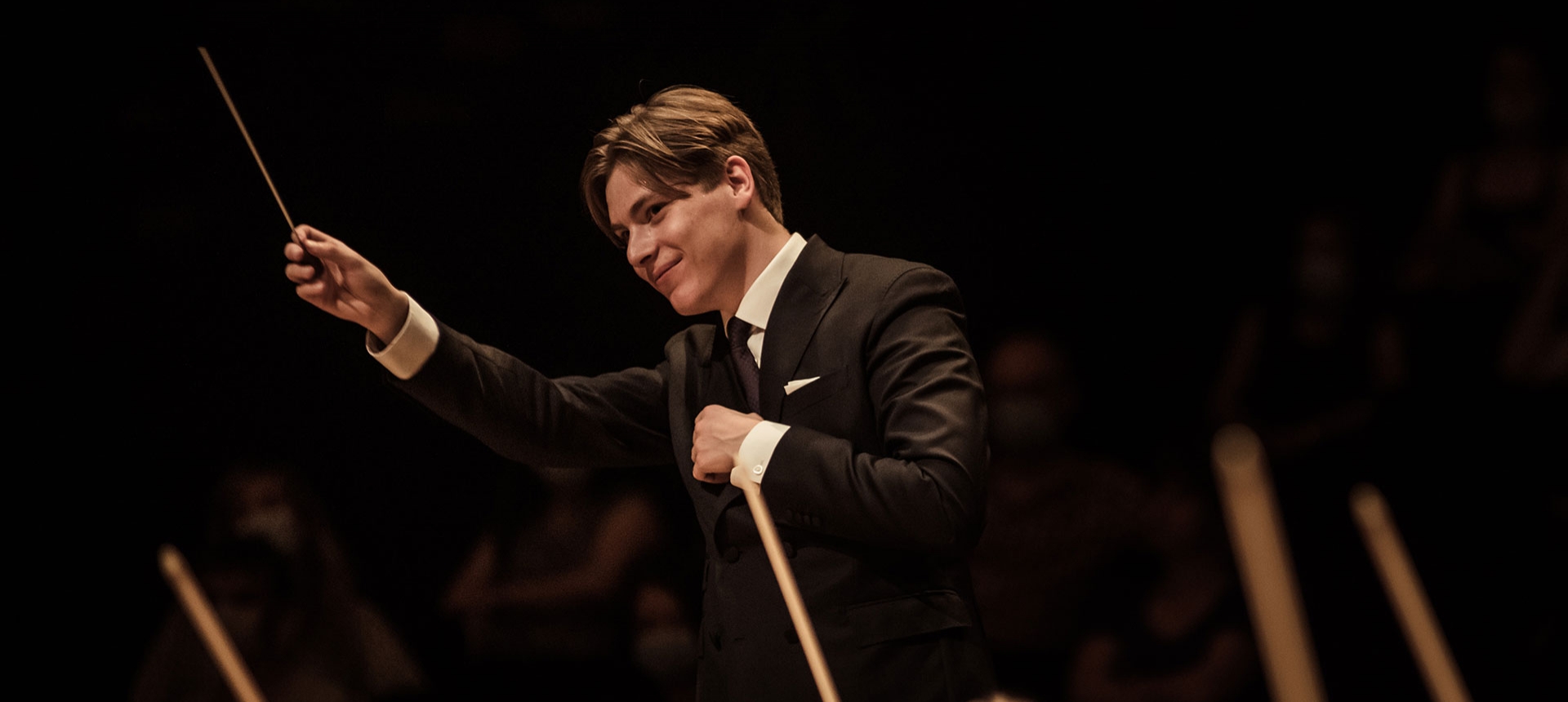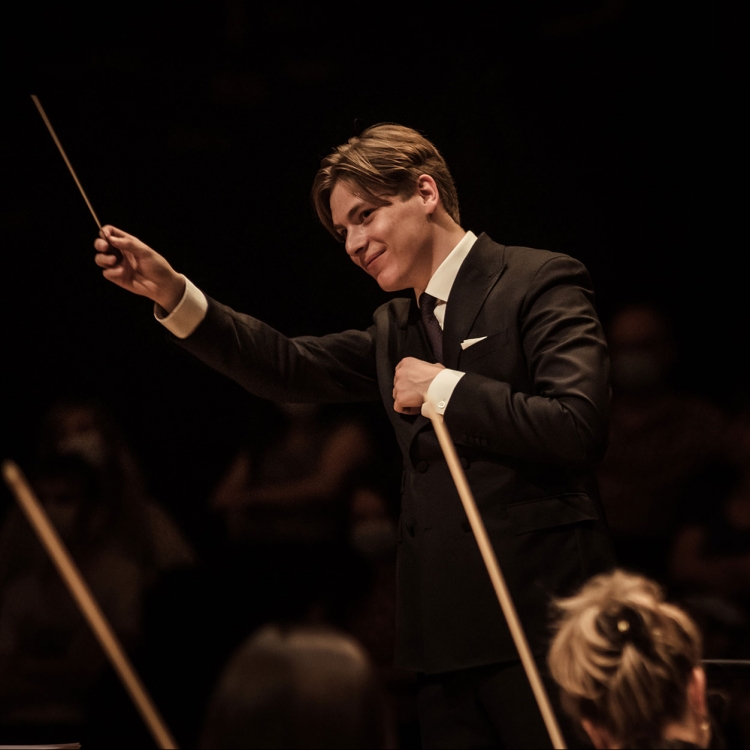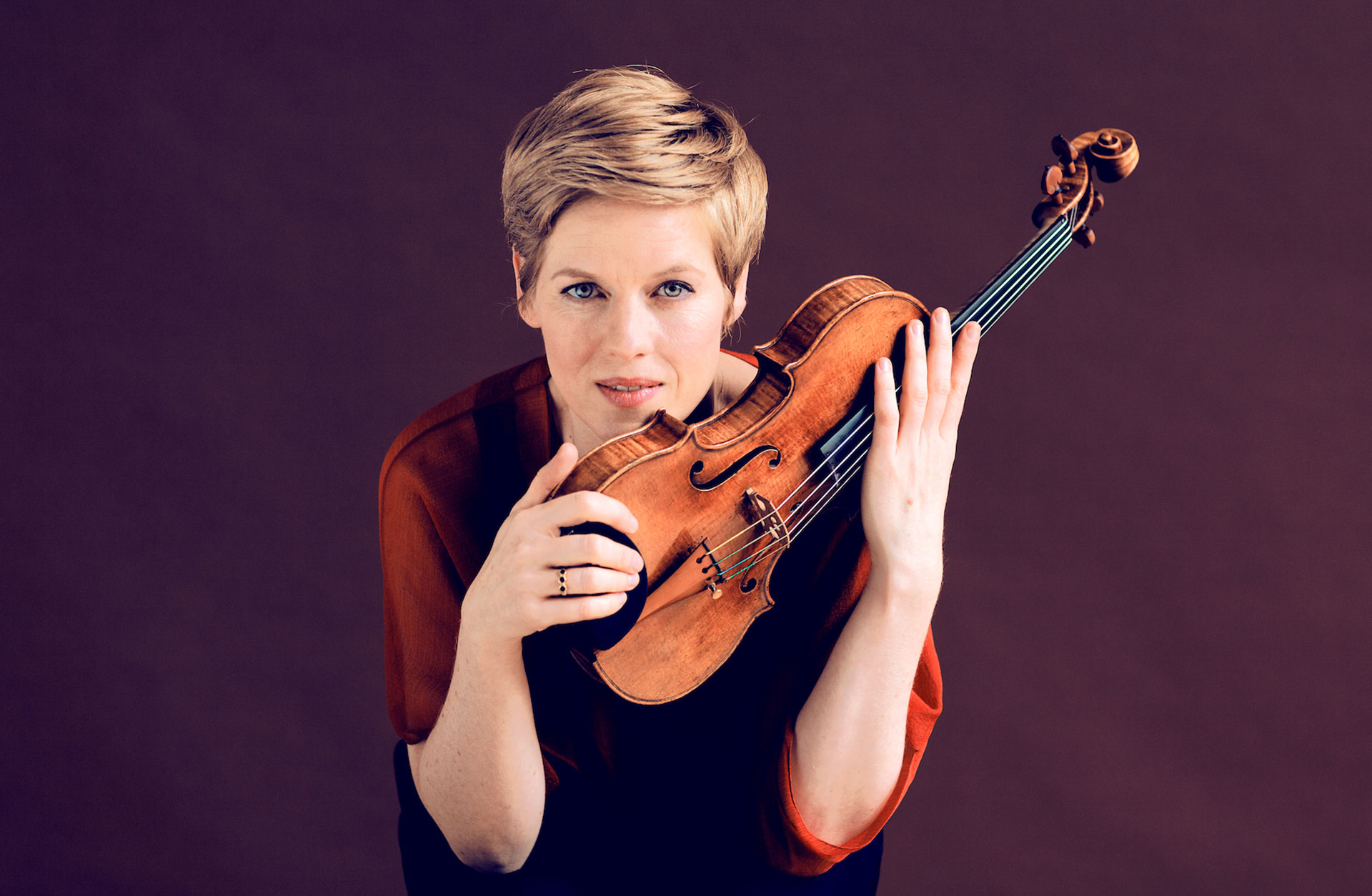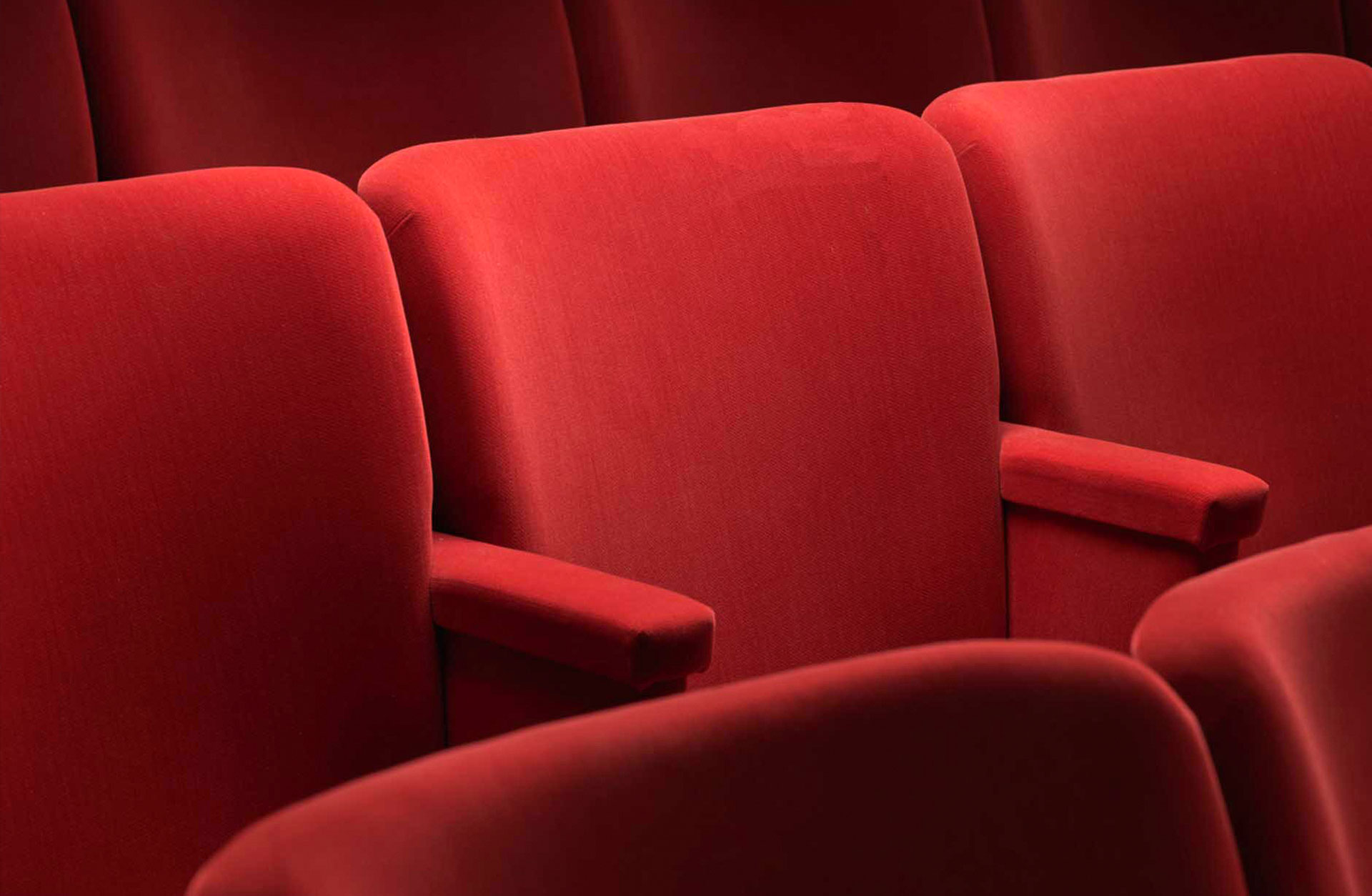Cart
Your cart is empty
Your cart is empty
List is empty
Press ESC to close the search field



Event has already taken place. Melodic magic with the Oslo Philharmonic, conductor Klaus Mäkelä and violinist Isabelle Faust.
Meet the visiting Oslo Philharmonic and acclaimed conductor Klaus Mäkelä, together with brilliant soloist Isabelle Faust, in Louise Farrenc’s melodically tasteful Overture No. 2, Beethoven’s Symphony No. 7 and Mozart’s Violin Concerto No. 5, his last such completed work.

The concert begins in baroque style with Jean-Baptiste Lully’s Marche pour la Cérémonie des Turcs.
Louise Farrenc was a prominent member of the 19th century French music scene and was not only a composer but also a brilliant concert pianist. For thirty years she held the position of professor at the renowned Paris Conservatory. She was a huge admirer of Beethoven, which can be discerned in her two overtures. This evening we are also treated to Beethoven’s melodically light-hearted yet rhythmically intense Symphony No. 7, as well as Farrenc’s Overture No. 2, featuring music filled with melodic imagination, drama and harmonic nerve.
Get to know the classical pieces.
Unfortunately, due to stage construction and acoustic tests in connection with the visiting orchestra’s visit, we cannot offer an introduction to this concert.

Here you will find all the necessary information that you need to know about before your magical visit in the Concert Hall.
Invite yourself or someone you like to an experience for all the senses. Welcome to visit the Concert Hall's restaurant or one of our foyer bars.